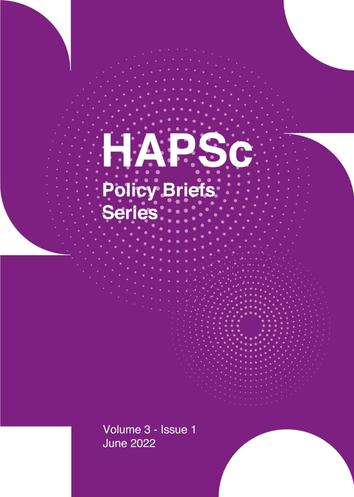The Ageing Population of the European Union: Challenges and Prospects

Abstract
During the last few decades, the shape of Europe’s population pyramid has transformed substantially, due to a considerably older population structure, with fewer working-age people and more pensioners. This paper examines the EU’s demographic problem which involves an increasing ageing population as a result of low birth rates and longer life expectancies, leading to the so called “greying of Europe”. Therefore, certain recommendations are suggested in order to mitigate the negative economic, social and geopolitical effects of this demographic phenomenon. It is concluded that the EU’s ageing population should not be regarded solely as a threat, as it has also the potential to provide opportunities for societies through intergenerational solidarity and the rapidly emerging silver economy.
Article Details
- How to Cite
-
Tzouganatou, S. G. (2022). The Ageing Population of the European Union: Challenges and Prospects. HAPSc Policy Briefs Series, 3(1), 206–214. https://doi.org/10.12681/hapscpbs.31010
- Section
- Articles

This work is licensed under a Creative Commons Attribution 4.0 International License.
Authors retain copyright and grant the journal right of first publication with the work simultaneously licensed under a Creative Commons Attribution License that allows others to share the work with an acknowledgement of the work's authorship and initial publication in this journal.

